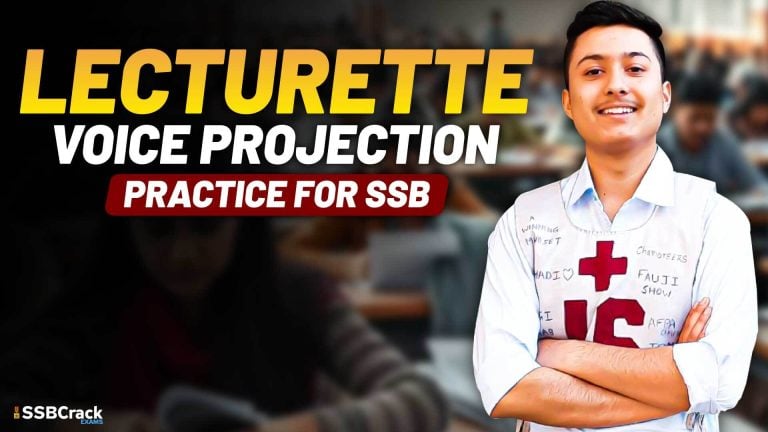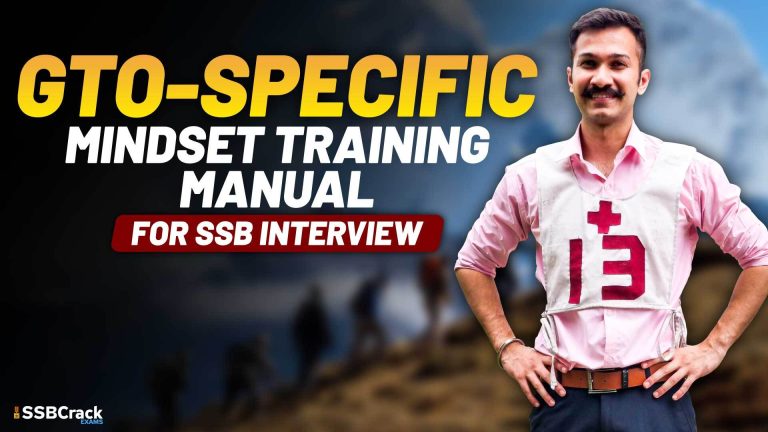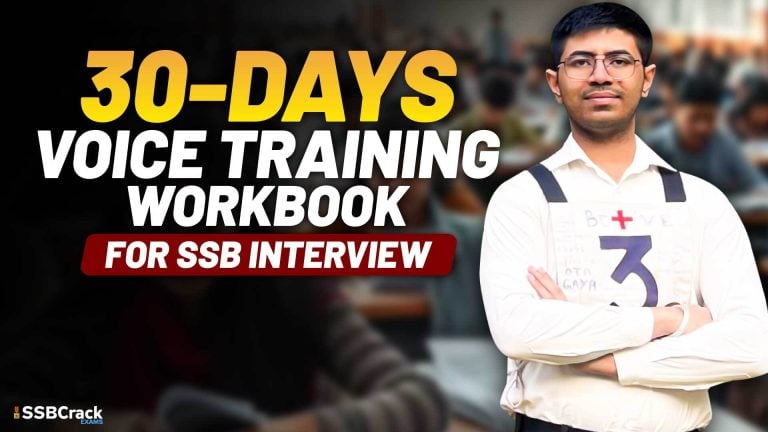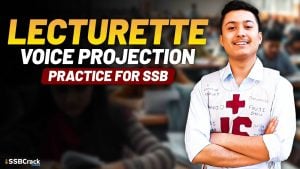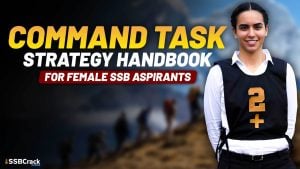The SSB interview is a crucial hurdle which candidates have to clear during the selection process. Showcasing a confident personality, ready with and presence of mind is a prerequisite for clearing the interview. It is very essential that the candidates work on developing certain qualities which will help them to showcase themselves in the best possible manner at the interview.
Some of the areas which the interview and personality test are meant to explore are the general impression which the appearance and bearing of the candidate convey, mental alertness and grasp, capacity and ability to think clearly, powers of judgement, general social outlook, and ability to anticipate and improve among many other qualities. What are the purpose of the interview and the personality test? What are members of the board of interview looking for when they are having a chat with young hopeful?
Obviously, they are there to have a close look at the candidate and to whether he would fit himself into the mould in which he offers himself to be cast. They are there to select persons whose breeding and education have endowed them with the physical and mental qualities that may be needed in good administrator.
To reach this optimum level of self-awareness, the candidates should look for various methods of personality and psychology analysis such as Johari Window Analysis.
This analysis is based on the Johari window which has four quadrants. Each of the quadrants stands for a particular group of qualities. These qualities are the ones known to one’s own self, known to others, unknown to one’s own self and unknown to others. Candidates can ask others to evaluate them and they can get to know about these qualities. This analysis becomes very helpful for the self-description test.
Johari window is a psychological tool created in 1955. It is a simple and useful tool for understanding and training of self-awareness, personal development, improving communications, interpersonal relationships, group dynamics, team development, and intergroup relationships.
It is one of the few tools out there that has an emphasis on “soft skills” such as behaviour, empathy, and co-operation; inter-group development and interpersonal development. It’s a great model to use because of its simplicity and also because it can be applied in a variety of situations and environments.
The 4 Quadrants
The Johari window has four quadrants that represent four combinations.
1. Open Space: Known To You – Known To Others
This Open Space is about the behaviour that is known by you and also seen and acknowledged by others. You can communicate about this. Still, it sometimes happens that there is behaviour that is disturbing to the environment, where someone is aware that it is. It isn’t always easy to acknowledge when someone is confronted about this by someone else. Patience and caution are important when discussing this behaviour with someone.
2. Blind Spot: Unknown To Yourself – Known To Others
The Blind Spot can be very difficult to manage and can cause others to talk about you. This is because they can see something that you don’t. Perspiration odour, the frequent use of the same word or continuous pulling of the nose are examples of this. The Blind Spot can also occur in the working environment. Someone can be unaware of the fact that he works slower than his colleagues. Others are aware of this, however, which can cause certain irritations. If feedback is not given properly to another, he will stay stuck in his old behaviour and is likely to fall outside the group.
3. Hidden Area: Known To Yourself – Unknown To Others
In the Hidden Area, people can keep certain information to themselves and not share it with others. The office clerk can keep hidden from his colleagues that in his free time he is a jazz guitarist. The Hidden Area can also be unknown to a limited number of other people. The same office clerk may have a good colleague with whom he does share his hobby, making it a subject for communication. In that case, this Hidden Area slowly shifts to Open Space.
4. Unknown Area: Unknown To Yourself – Unknown To Others
No communication exists about this Unknown Area. Purely because of the fact that both parties are unaware of it, which means it won’t become the subject of discussion.
Johari window consists of 4 quadrants each representing set of qualities known to self, known others, unknown to self, and unknown to others. This is done by asking people feedback on you – one thing that is very much required for Self-Description Test.
The candidates can also do the SWOT analysis that stands for Strength-Weakness-Opportunities-Threat analysis. This is not a one day task, it could take anywhere between days to weeks to months to do a perfect SWOT analysis. You get to know your hidden strengths and weaknesses through this. Try to work on and overcome your weaknesses.
You can prepare for SSB interview and defence entrance exams such as NDA, AFCAT, INET, and CDS by taking Written Online courses as they will not only give you access to full-length quality lectures but will also provide the facility to take standardized mock tests for better study and strategic growth in the exam. You can take multiple quizzes after each lesson to ensure the full understanding of the subject along with creating your customized lesson plans. You can check out the course content along with other important specifics at SSBCrack exams.
You can also access them through the SSBCrack Exams app available in the google play store.
Jai Hind




